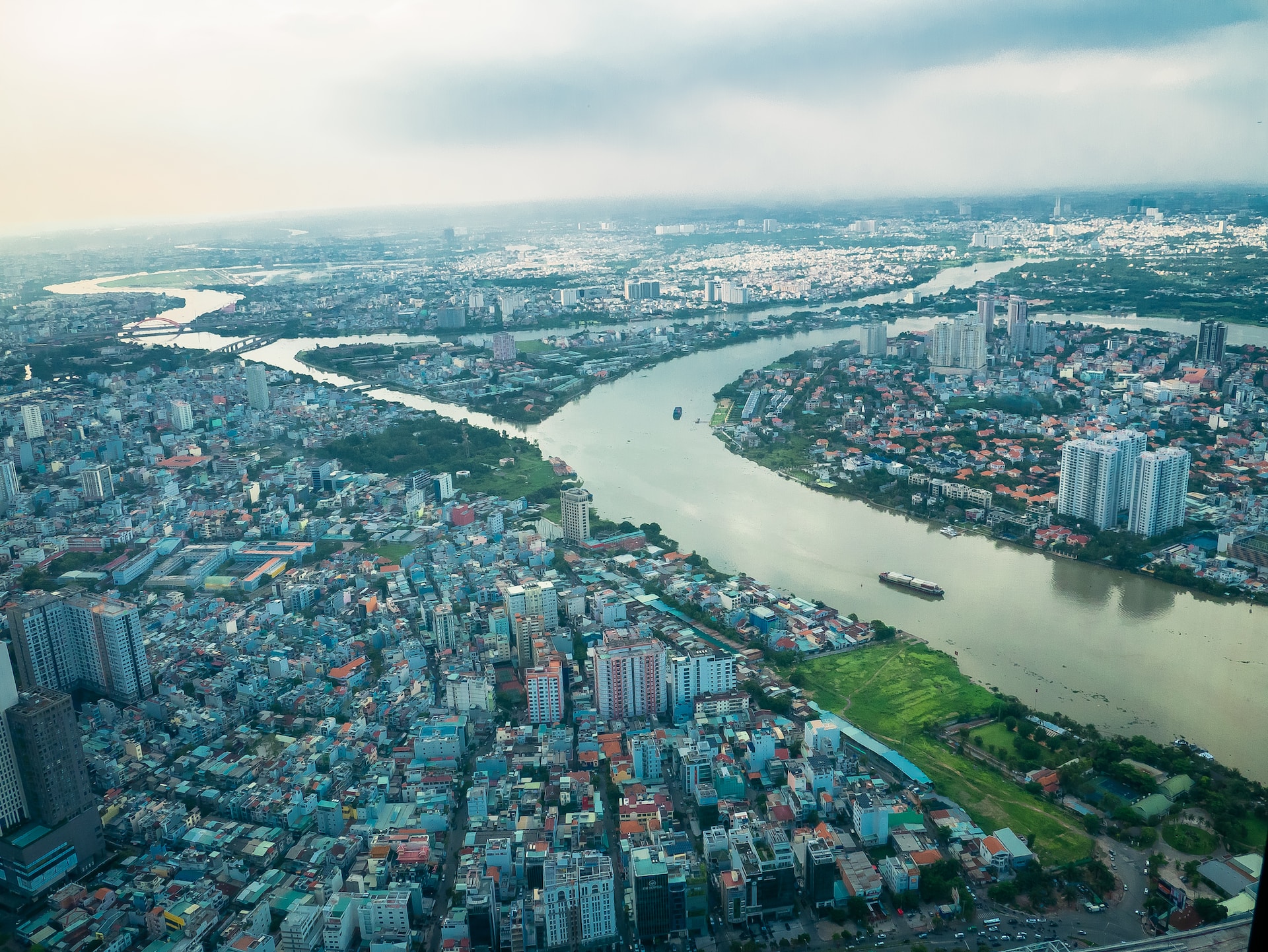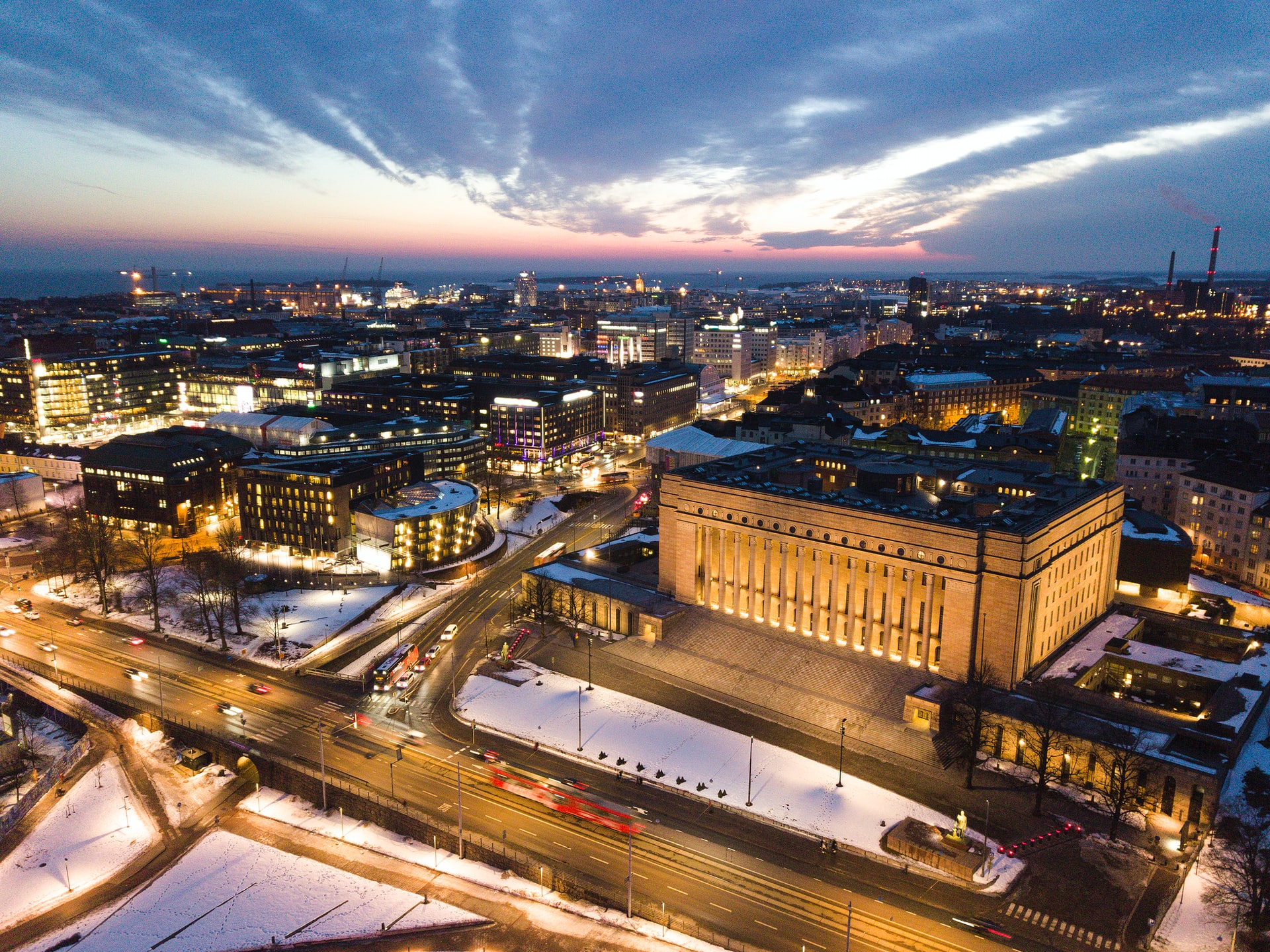Transportation Needs to Increasingly Turn Sustainable
Transport—in all its forms—is necessary for sustenance of life. It is used to deliver many aspects of our well-being, from food to lifesaving medicines. However, much as transportation is indispensable, its carbon footprint has grown over the decades. This is largely due to increase in incomes and consumption levels. And as economies register higher incomes; their consumption will only grow further. Increased consumption will require more transportation to supply the demand. Therefore, a corresponding increase in ships, aircrafts, trains and motor vehicles—that are predominantly powered by fossil fuel—is obvious.
The resulting emissions from fossil fuel burning engines are highly polluting for the environment. This pollution must be reduced, and a problem of this magnitude, needs to be urgently addressed. When the global economy eventually recovers post-COVID, how will we alleviate transport pollution? What are the factors resisting change? What are the best transition options in the short-term, and forever?
To deliberate on such pressing issues to devise sustainable solutions, Horasis is organizing the virtual Horasis Global Meeting on 08 June 2021. The event will run parallel sessions hosting key participants from the fields of business, government, academia, and media to deliberate and find possible solutions to globally shared threats.
How Severe are the Perils?
Air pollution due to transportation is a lethal threat. It leads to a higher concentration of particulate matter in the atmosphere. Across emerging economies, this concentration is even higher, leading to a spate of respiratory and cardiovascular diseases. The pollutants most linked with negative health effects are particulate matter, ozone, nitrogen dioxide, and sulphur dioxide.
According to the World Health Organization (WHO), about seven million people are killed annually due to air pollution. Nine out of 10 people breathe air that exceeds WHO’s air pollution benchmarks. This menace is most severe in low to middle income countries. However, even in the developed world, the number of fatalities on account of air pollution present a grim picture. An estimated 800,000 premature deaths are directly linked to air pollution in Europe alone. On average, it has led to lifespans shortening by two years.
The UK registered 98 early deaths per 100,000 people in 2018. The figure was significantly higher in Germany. It registered 154 premature deaths for every 100,000 residents. The corresponding reduction in lifespans averaged 2.4 years. Healthcare systems, as a result, become only further strained. Meanwhile, public funds that could have been allocated to more productive avenues need diversion to address pollution related health issues.
The WHO also highlights that the highest source of air pollution is the transport sector. It is followed by the power generation industry, and the manufacturing sector that comprises factories and mines. Municipal dumps rank fourth, especially those that still burn or incinerate garbage. And residential cooking, heating, and lighting rank fifth. Clearly, transportation needs a serious rethink by policymakers, businesses, and individuals in equal measure.
Possible Solutions Amid Post-pandemic Recovery
As economies gradually begin to recover, transport pollution levels will climb to their earlier levels. There will possibly be even greater pollution levels. This is not a sustainable way forward. Economic progress is important, but it cannot come with scant regard for the environment. In fact, more fatalities occur due to air pollution annually than total worldwide deaths from COVID-19.
Individuals can usher in significant change simply by taking greater responsibility over their choices. For example, a conscious decision to walk or cycle over short distances can be a good start, as opposed to using a personal motor vehicle. An alternative would be to use public transportation or exploring e-mobility options. Electric two wheelers are fast becoming popular in emerging economies and e-rickshaws too have seen wide uptake. Governments in many countries have encouraged the use of e-bikes and e-rickshaws by eliminating registration and insurance costs for such vehicles.
State of the art electric mobility solutions are also being researched and developed. One fascinating example is Hyperloop. It promises to allow transportation at aircraft speeds with passenger pods travelling in a vacuum tube. These pods will be powered solely by electric propulsion. Several countries have committed efforts to encourage introduction of Hyperloop services. From an environmental standpoint, its positive impacts are immense. According to a US Department of Transportation analysis, Hyperloop services could result in up to six times more efficiency than short haul flights and up to three times more than any high speed train.
The Future of Transportation
Electricity is fast becoming the most obvious substitute to fossil fuel usage. At the same time, it must also be ensured that the electricity used is being derived from renewable sources. Governments must encourage uptake of e-mobility options and incentivize scrapping of old vehicles. What is disheartening to note is that fossil fuel usage will continue to be the dominant energy source leading up to 2050.
But together we can make a change. We can make more conscious transportation decisions for what good is economic progress if it only results in poor health?
Photo Caption: Smog and traffic in Kraków, Poland. Transportation related pollution is a major contributor to overall air pollution.



